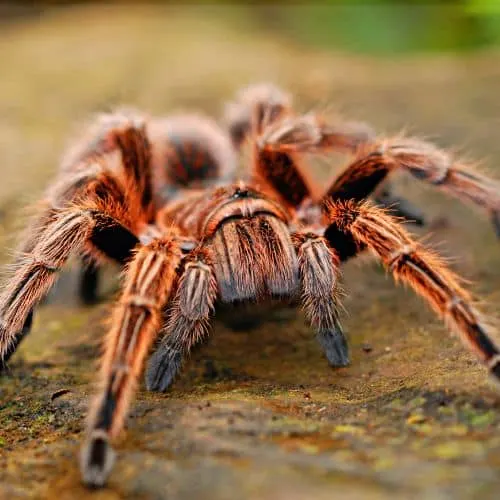Texas is home to a diverse population of spiders, including the American house spider, wolf spider, brown recluse spider, black widow spider, jumping spider, and many more. With over 900 species of spiders in Texas, it is crucial to understand which ones are venomous and the impact they can have on humans.
Introduction
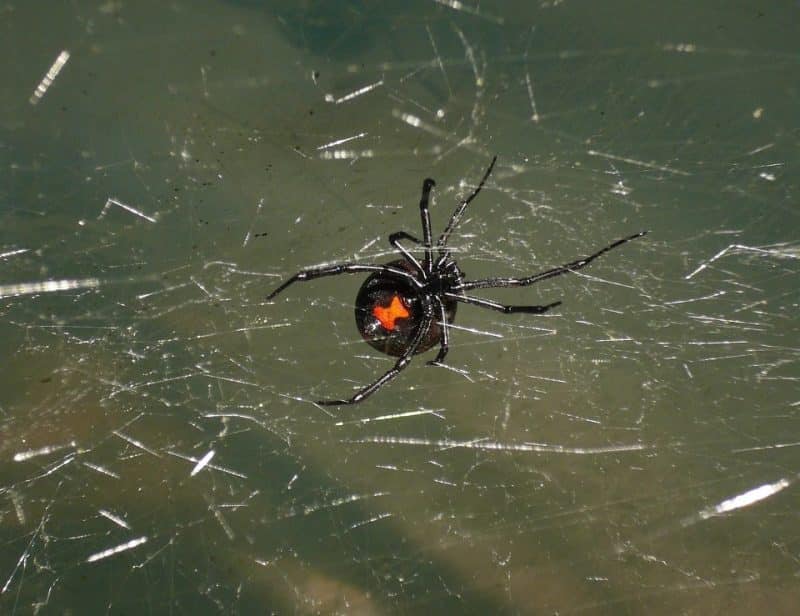
Texas’s two most venomous spiders are the black widow and brown recluse. Black widows are easily identifiable by their shiny black bodies with a red hourglass shape on their abdomen. Brown recluses have a violin-shaped marking on their back and long legs that make them look like they are dancing when they move. These spiders can cause serious health effects if bitten, so it is essential to be aware of them and take precautions outdoors.
Venomous Spider Species in Texas
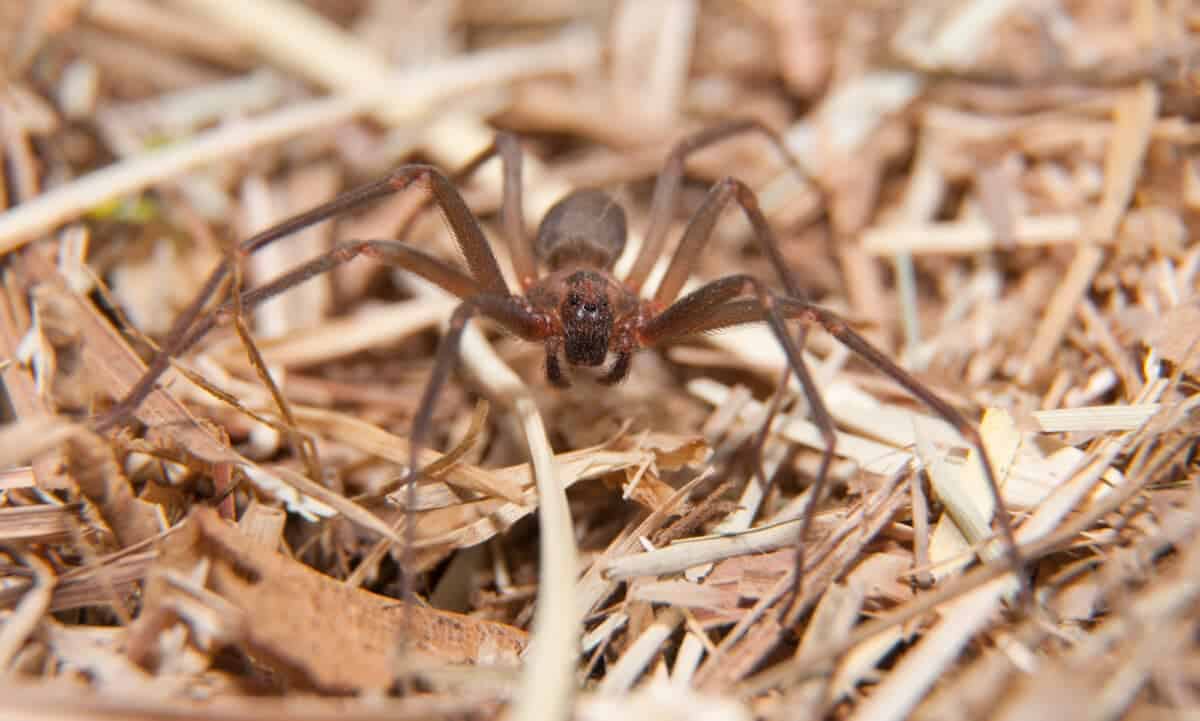
Venomous spiders are a common sight in Texas, with two of the most dangerous species being the black widow and brown recluse. The black widow is easily identifiable by its distinctively shaped body.
It can be in dark, secluded places such as woodpiles, sheds, and garages. Its venom is 15 times stronger than that of a rattlesnake, causing severe pain at the site of the bite. Symptoms may include nausea, vomiting, fever, and difficulty breathing. Immediate medical attention should be sought if bitten by a black widow spider.
Myths vs. Reality: Dispelling Spider Misconceptions
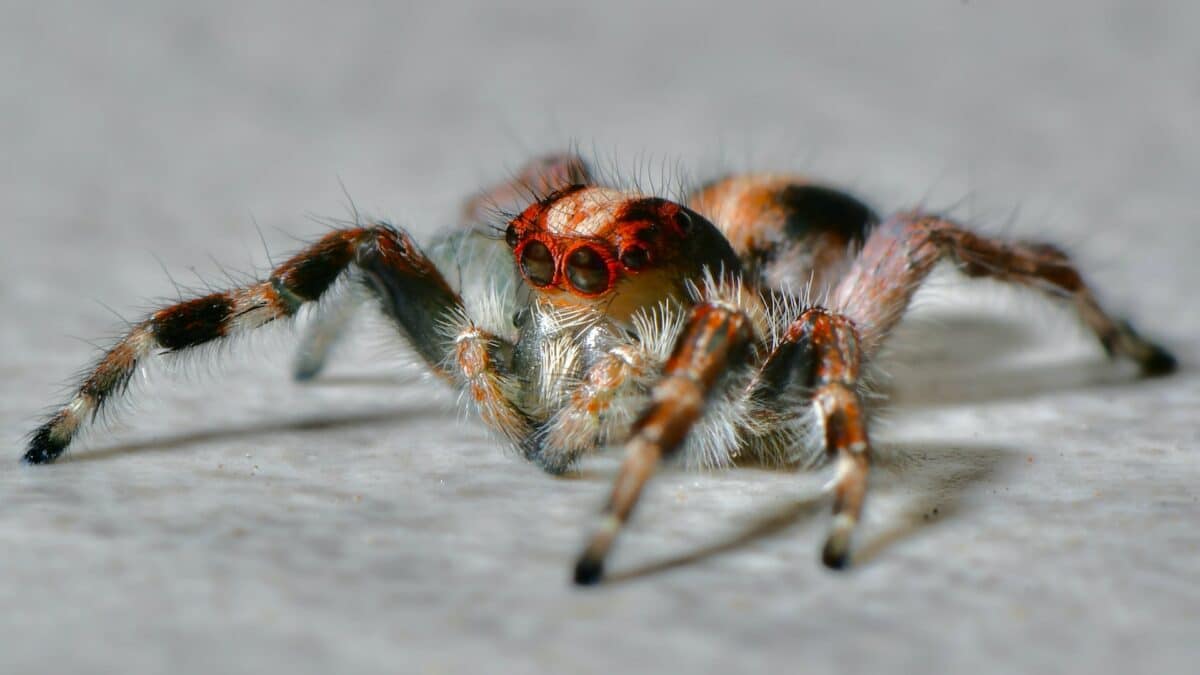
Regarding spiders, many myths and misconceptions can lead to fear and misunderstanding. Texas’s most common venomous spiders are black widows, brown recluses, and tarantulas. Many believe these spiders frequently invade homes and buildings, threatening humans and pets. However, this is not true. In reality, these spiders rarely enter homes or buildings and pose no significant danger when they do.
It is important to dispel these myths to educate the public about coexistence with these creatures and how to take proper precautions if necessary. For example, black widows are more defensive when guarding their territory from other similar species than they are towards humans. Furthermore, most so-called spider bites are caused by other insects or arachnids, such as ticks or mites.
House spiders also pose no significant danger compared to human beings. They play an essential role in the ecosystem by controlling pest populations such as flies and mosquitoes. Therefore, we must understand the truth about spiders to coexist peacefully with them while taking necessary precautions.
Prevention and Safety Tips
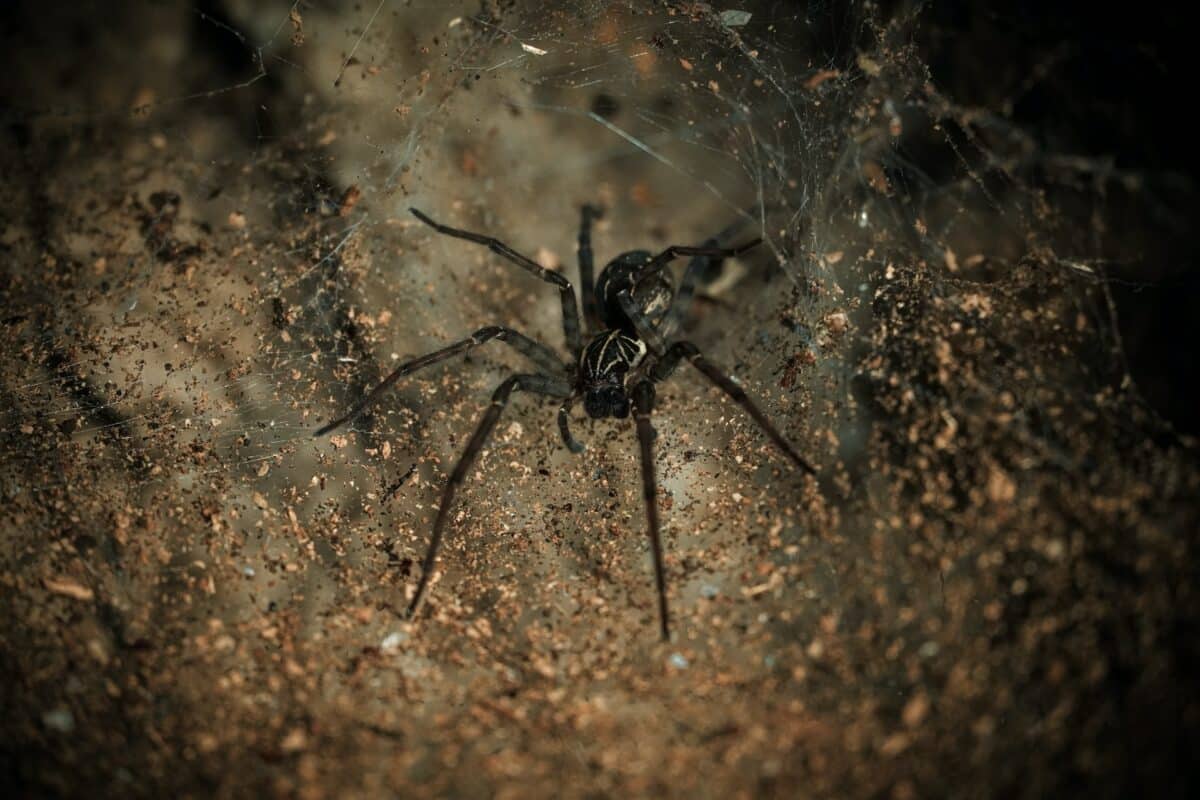
Living with venomous spiders can be a scary prospect, but there are steps you can take to protect yourself and your family. The first step is to create a non-spider-friendly environment around your home, eliminating potential hiding spots for spiders, such as piles of wood or debris, and keeping the area around your house free of clutter. It would help if you also inspected the exterior of your home for any cracks or crevices that could provide an entry point for spiders.
Identifying and eliminating potential spider hiding spots is critical to living with venomous spiders safely. Inside the house, look for dark corners, behind furniture, closets and basements, and other areas where spiders may hide. Outside the house, check around window sills, door frames, and other places where spiders may find shelter. If you find any webs or egg sacs, remove them immediately to prevent further infestation.
Once you’ve identified and eliminated potential spider hiding spots, taking protective measures to minimize the risk of bites from venomous spiders is essential. Wear long pants and sleeves when working outdoors where venomous spiders may be present.
Also, wear gloves when handling items that may have been exposed to spiders or their webs. Finally, teach children about spider safety so they know what to do if they encounter a venomous spider.
Living with venomous spiders doesn’t have to be a frightening experience if you take the necessary precautions. By creating a spider-friendly environment around your home, identifying and eliminating potential spider hiding spots, taking protective measures to minimize the risk of bites from venomous spiders, and teaching children about spider safety, you can help ensure everyone stays safe while living with these creatures.
Spider Encounters: What to Do and When to Seek Help
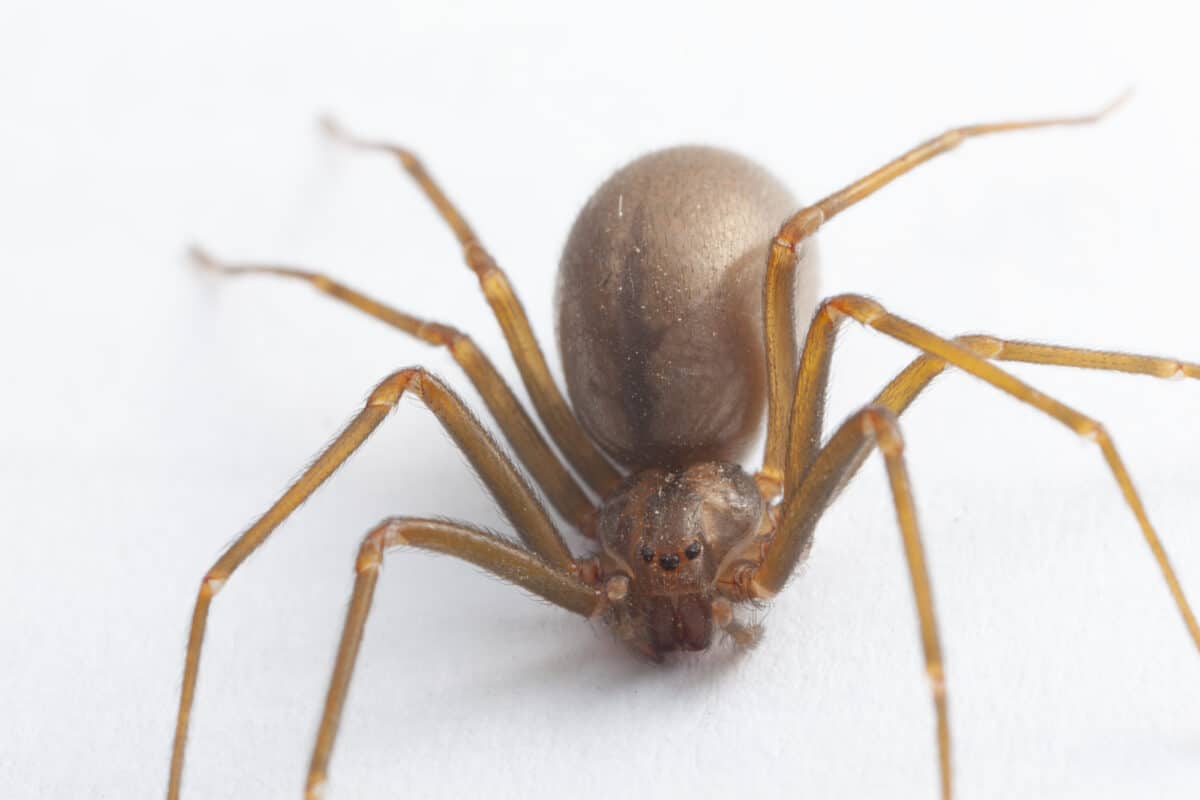
Spider encounters can be a frightening experience, but it’s essential to remain calm and take the right steps to ensure your safety. Remaining calm is the best way to handle a spider encounter, as this will help you assess the situation more clearly and make better decisions.
Protecting yourself and others in the area is essential if you believe the spider is venomous. It’s also important to try and capture or identify the spider if possible, as this will help medical professionals determine what kind of treatment may be necessary if a spider bites you.
If a venomous spider bites you, it’s essential to seek medical attention immediately. Venomous spiders can cause serious health problems if not treated quickly. Symptoms of a venomous spider bite include pain at the site of the bite, swelling, redness, nausea, vomiting, fever, chills, and difficulty breathing. If any of these symptoms occur after being bitten by a spider, seek medical attention immediately.
It’s also important to remember that not all spiders are venomous, and many bites don’t require medical attention. However, suppose you experience any severe symptoms after being bitten by a spider or any other insect, for that matter. In that case, it’s always best to err on the side of caution and seek immediate medical attention.
Bottomline
Understanding the role of venomous spiders in our ecosystem and the need to protect their habitat is essential.
By creating a spider-friendly environment around homes and businesses, reducing negative impacts on the environment, and promoting coexistence, we can ensure the continued survival of these important species and maintain a healthy balance in our ecosystem.
We can build a more resilient and sustainable future for Texas and beyond through collaborative efforts.
Thanks for reading along! Check out our related article links below.
Join our Forum for free today!


